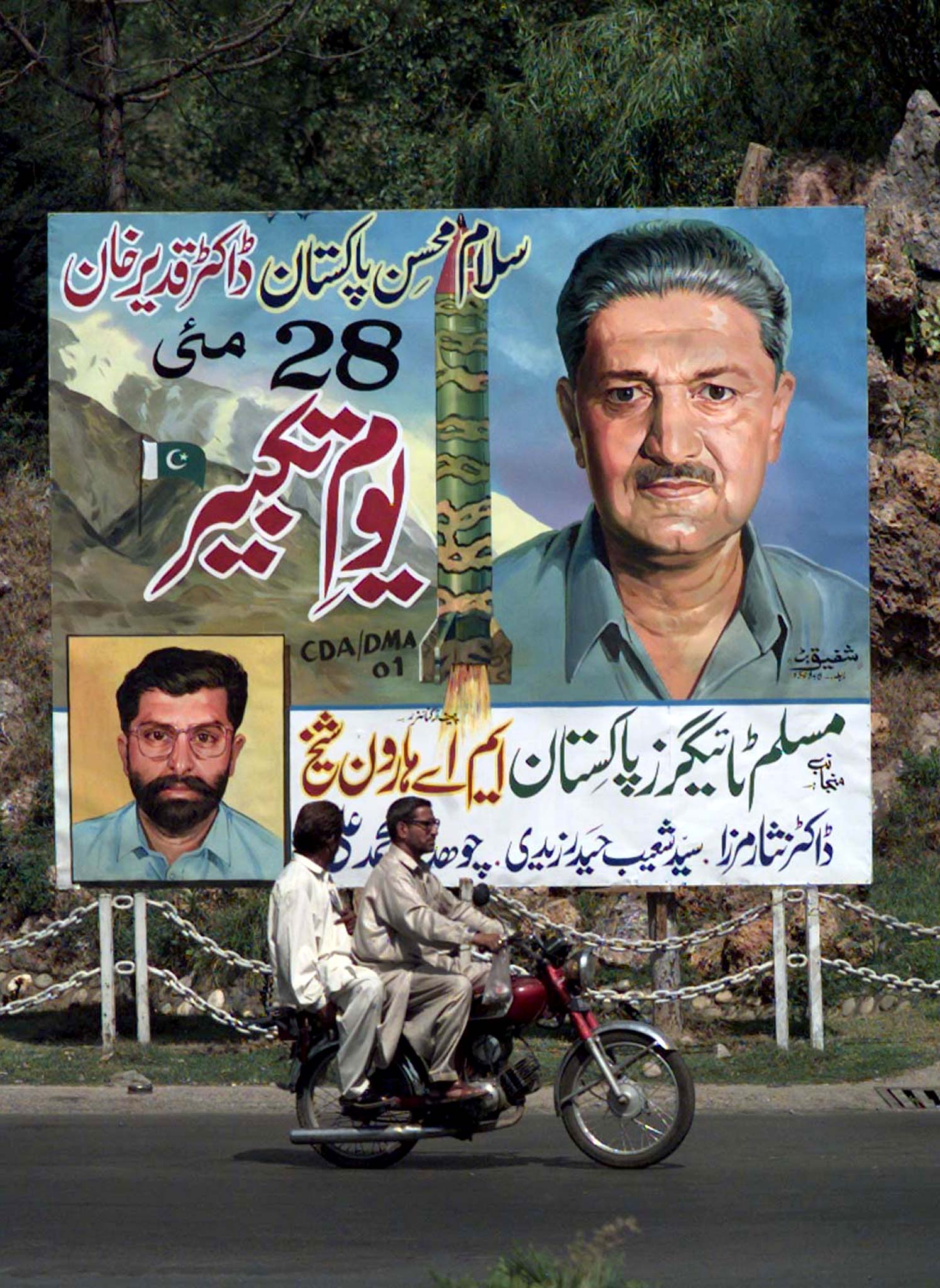
Rising Tensions Between India and Pakistan Spark Global Concerns
A resurgence of long-standing conflict between India and Pakistan, two nuclear-armed nations, has ignited international alarm. The latest escalation occurred on May 7 following a terror attack in the disputed region of Kashmir, prompting India to conduct cross-border airstrikes. The Indian government has accused Pakistan of involvement in an April 22 terror attack that resulted in the deaths of 26 tourists in India-administered Kashmir. Pakistan vehemently denies any connection to the incident.
According to reports, the Pakistani military claims to have shot down Indian planes during the airstrikes and asserts that it fired artillery across the contested border. Pakistan has also vowed to retaliate further, exacerbating fears of a full-blown conflict.
The escalating tensions have triggered concern among world leaders, including U.S. President Donald Trump. Speaking to reporters in the Oval Office on May 7, Trump described the situation as "so terrible" and expressed his desire for the warring countries to find a resolution. He emphasized his rapport with both nations, stating, "I get along with both. I know both very well. I want to see them stop. And hopefully they can stop now. They’ve gone tit-for-tat, so hopefully they can stop now." Trump also offered his assistance, saying, "And if I can do anything to help, I will – I will be there."
While Trump refrained from explicitly mentioning the possibility of a nuclear exchange, the presence of nuclear arsenals in both countries has historically amplified concerns during periods of heightened conflict.
The Development of Nuclear Capabilities: A Brief History
The article delves into the historical development of India and Pakistan’s nuclear weapons programs, outlining the key events and figures that shaped their respective arsenals.
India’s Nuclear Program:
India’s nuclear program was established in the late 1950s with assistance from the United States and Canada. These countries provided nuclear reactors and fuel with the explicit understanding that the program would be peaceful and subject to safeguards to prevent the development of weapons.
However, nonproliferation experts suggest that India exploited a loophole in these safeguards by secretly reprocessing spent fuel into plutonium in the 1960s. Plutonium is a crucial material for creating nuclear weapons.
India’s covert bomb development program officially commenced in 1964, reaching a peak in the early 1970s. During this period, multiple teams of Indian physicists worked simultaneously on developing different weapons components needed for a nuclear explosion using the reprocessed plutonium.
The country conducted its first nuclear test, code-named "Smiling Buddha," in 1974 in a remote area of northwest India. While India claimed the explosion was for peaceful purposes, the international community concluded that it was, in fact, a bomb detonation. This conclusion was later confirmed by lead scientists involved in the project.
In response to the test, Canada ceased nuclear cooperation with India. Although the U.S. did not impose sanctions or terminate nuclear assistance, the failure of the safeguards played a significant role in the passage of the 1978 Nuclear Nonproliferation Act.
Over the following decades, India continued to develop its nuclear capabilities, eventually testing more advanced thermonuclear weapons in 1998, much to the surprise of the international community. According to the Arms Control Association, India currently possesses approximately 172 nuclear weapons.
Pakistan’s Nuclear Program:
Pakistan’s nuclear weapons program is inextricably linked to A.Q. Khan, a metallurgist who was born in pre-partition India and raised in Pakistan.
Khan pursued graduate studies in Europe, and in 1972, he began working for a nuclear engineering consulting firm in Amsterdam. There, he gained access to information on ultra-centrifuges capable of highly enriching radioactive uranium, which is another primary method of producing fissile material for nuclear weapons.
After India inflicted a military defeat on Pakistan in the 1971 war and conducted the "Smiling Buddha" nuclear test in 1974, Khan wrote to Pakistan’s Prime Minister, Zulfikar Ali Bhutto, offering to lead a nuclear weapons program for his country. Khan successfully smuggled information, photos, blueprints, and even components of the centrifuges to the Pakistan embassy in the Netherlands before returning to lead the program.
Under Khan’s leadership, secret production efforts, running parallel to another Pakistani weapons program, successfully produced nuclear warheads in 1986. However, these warheads were not tested until 1998, shortly after India conducted its own thermonuclear weapons tests.
Khan was later implicated in the distribution of nuclear weapons technology to countries considered to be rogue states, including North Korea, Iran, and Libya.
Today, Pakistan is estimated to have approximately 170 nuclear warheads, according to the Arms Control Association.
The Urgency of De-escalation
The article highlights the perilous nature of the conflict between India and Pakistan, emphasizing the urgent need for de-escalation. The potential for miscalculation, escalation, and even the use of nuclear weapons presents a grave threat to regional and global security.
The offer of assistance from President Trump and the concerns expressed by other world leaders underscore the international community’s commitment to finding a peaceful resolution to the crisis. The history of nuclear proliferation in both countries serves as a stark reminder of the risks involved and the importance of preventing further escalation.
The article concludes by providing contact information for news tips related to nuclear threats or U.S. national security, emphasizing the ongoing importance of monitoring and reporting on these critical issues. The role of USA TODAY’s coverage of nuclear threats and national security is supported by partnerships with the Outrider Foundation and Journalism Funding Partners, highlighting the crucial role of independent journalism in informing the public and holding power accountable.
